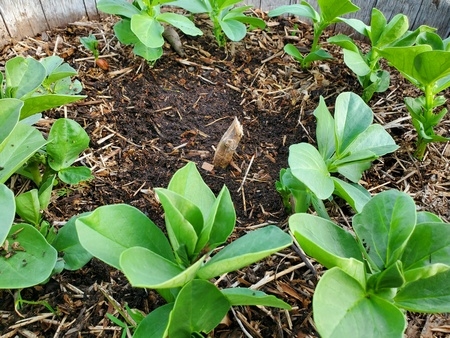At the end of the gardening season, there is an instinct to uproot spent plants and clear the soil for a fresh start, whether it be for a cover crop, a winter vegetable crop, or next year's summer crops. There are some really great reasons why pulling out roots after cutting back the plants' top growth is not necessary and can even be detrimental.
The roots that remain after removing your vegetable plants in the fall or cover crop plants in the spring are slowly decomposed underground by worms, bacteria, fungi, and other beneficial soil organisms. These organisms perform a vital role in the soil. As leftover roots decompose, they release organic matter and nutrients into the soil.
Decomposing roots enhance soil structure, making it more porous and helping with aeration. They contribute to the soil's water retention capacity. Organic matter released during decomposition acts like a sponge, holding onto moisture. This creates a good environment for beneficial soil organisms like fungi, bacteria, and invertebrates.
The network of roots left in the soil helps prevent erosion. The root systems act as anchors, binding the soil together and reducing the risk of it being washed away during heavy rain. This is especially important on slopes to maintain the integrity of the topsoil.
And finally, leaving the roots saves gardeners time and energy!
What if you want to plant something in that bed with the roots still there? Seeds or seedlings can easily be planted through and around the remaining roots. Those decomposing roots will help feed the new plants.
Is there ever a reason to remove roots? Yes. Occasionally inspecting the roots of plants you're removing is a good idea to check for root knot nematodes or other root problems. These microscopic roundworms attack a wide variety of plants. They cause swellings (galls) on roots that interfere with the nutrient and water transport system. If you noticed some of your plants didn't look as healthy as they should, it would be valuable to take a look at the roots. For more information about root knot nematodes, see this link: https://ipm.ucanr.edu/PMG/PESTNOTES/pn7489.html
Help Desk of UC Master Gardener Program of Contra Costa County (SEH)
